Huawei Explores Web 3.0: Building the Future of the Internet
1. Introduction to Web 3.0
In recent years, there has been a growing interest in the concept of Web 3.0, which aims to revolutionize the way we use and interact with the internet. Web 3.0 brings together various emerging technologies such as decentralization, blockchain, and the Internet of Things (IoT) to create a more secure, private, and user-centric online environment. Huawei, one of the leading technology companies, has also joined the race to explore the potential of Web 3.0 and is actively working towards building a future internet ecosystem.
2. Huawei's Vision for Web 3.0
Huawei envisions Web 3.0 as a decentralized network where users have control over their data and digital identities. The company believes that Web 3.0 will enable new business models, improve privacy and security, and facilitate seamless interactions between users, devices, and services. Huawei aims to leverage its expertise in telecommunications, cloud computing, and artificial intelligence to contribute to the development of Web 3.0 and its underlying technologies.
3. Huawei's Contributions to Web 3.0
3.1 Blockchain Integration:
Huawei recognizes the potential of blockchain technology in enabling the decentralization and security aspects of Web 3.0. The company has been actively researching and developing blockchain solutions and is exploring the integration of blockchain into its existing products and services. Huawei aims to enable users to have more control over their data and ensure its security through blockchain-based solutions.
3.2 Internet of Things Integration:
Another key aspect of Web 3.0 is the seamless integration of IoT devices into the network. Huawei is working towards building an IoT ecosystem that connects various smart devices and enables secure and efficient communication between them. The company's efforts in developing 5G technology and edge computing are aimed at providing a robust infrastructure for the IoT and supporting the vision of Web 3.0.
4. Challenges and Opportunities for Web 3.0
4.1 Privacy and Security:
With the increasing amount of personal data being generated and shared online, privacy and security are major concerns in the digital age. Web 3.0 aims to address these concerns through decentralized technologies and better data control. Huawei's focus on privacy and security in its Web 3.0 initiatives can provide significant opportunities for users to regain control over their data and protect their privacy.
4.2 Interoperability and Standardization:
For Web 3.0 to become a reality, interoperability between different platforms and systems is crucial. Huawei's participation in standardization organizations and its collaboration with other technology companies can help drive the development of common protocols and standards for Web 3.0. This will ensure that users can seamlessly access and utilize services across different platforms and devices.
4.3 Adoption and User Experience:
The success of Web 3.0 heavily relies on user adoption and a positive user experience. Huawei's emphasis on making Web 3.0 technologies more accessible and user-friendly can play a significant role in driving its adoption. The company's expertise in user-centric design and its global reach can contribute to creating a compelling user experience for Web 3.0 applications.
4.4 Regulatory and Ethical Considerations:
As with any disruptive technology, there are regulatory and ethical considerations that need to be addressed for the widespread adoption of Web 3.0. Huawei's commitment to complying with regulations and ethical practices can help build trust in Web 3.0 technologies and overcome any potential barriers to their adoption.
In conclusion, Huawei's exploration of Web 3.0 and its application of decentralized technologies, blockchain, and IoT can contribute to building a more secure, private, and user-centric internet. The company's vision, contributions, and efforts to address challenges and harness opportunities in Web 3.0 showcase its commitment to shaping the future of the internet.


